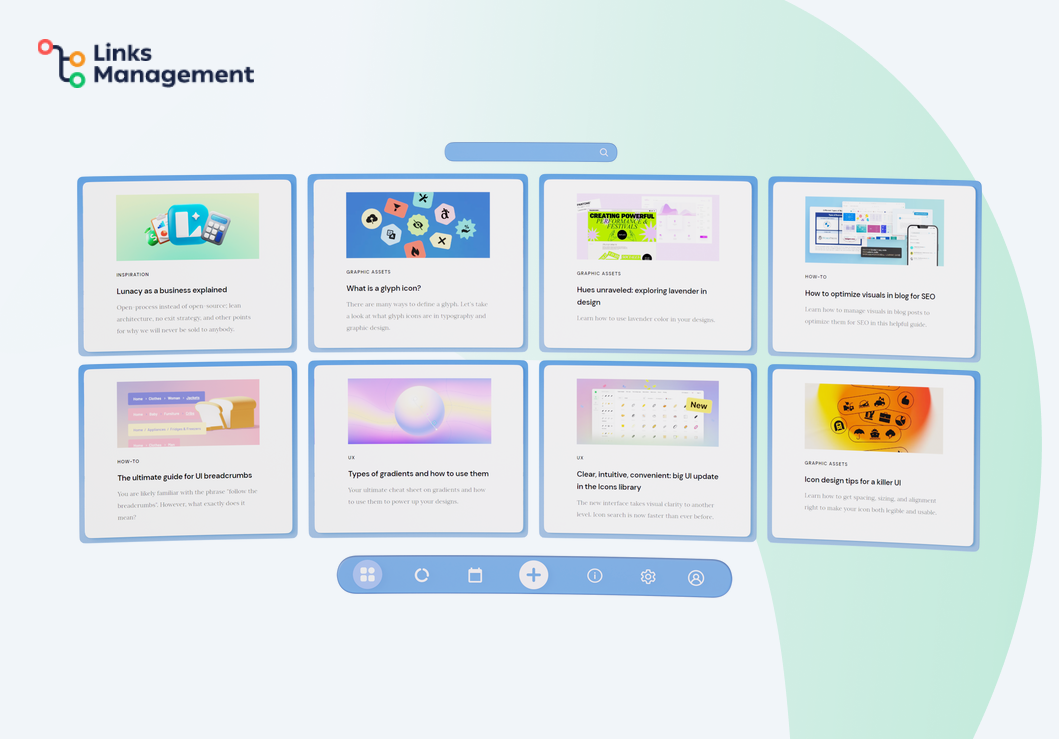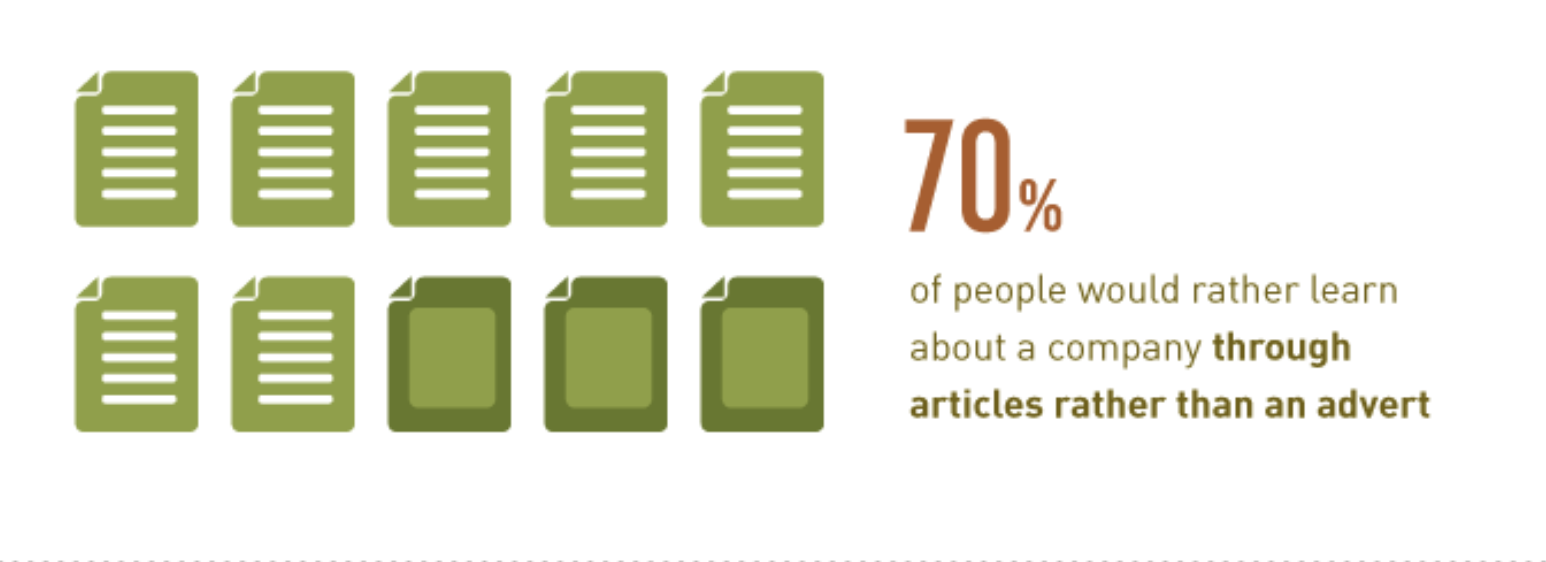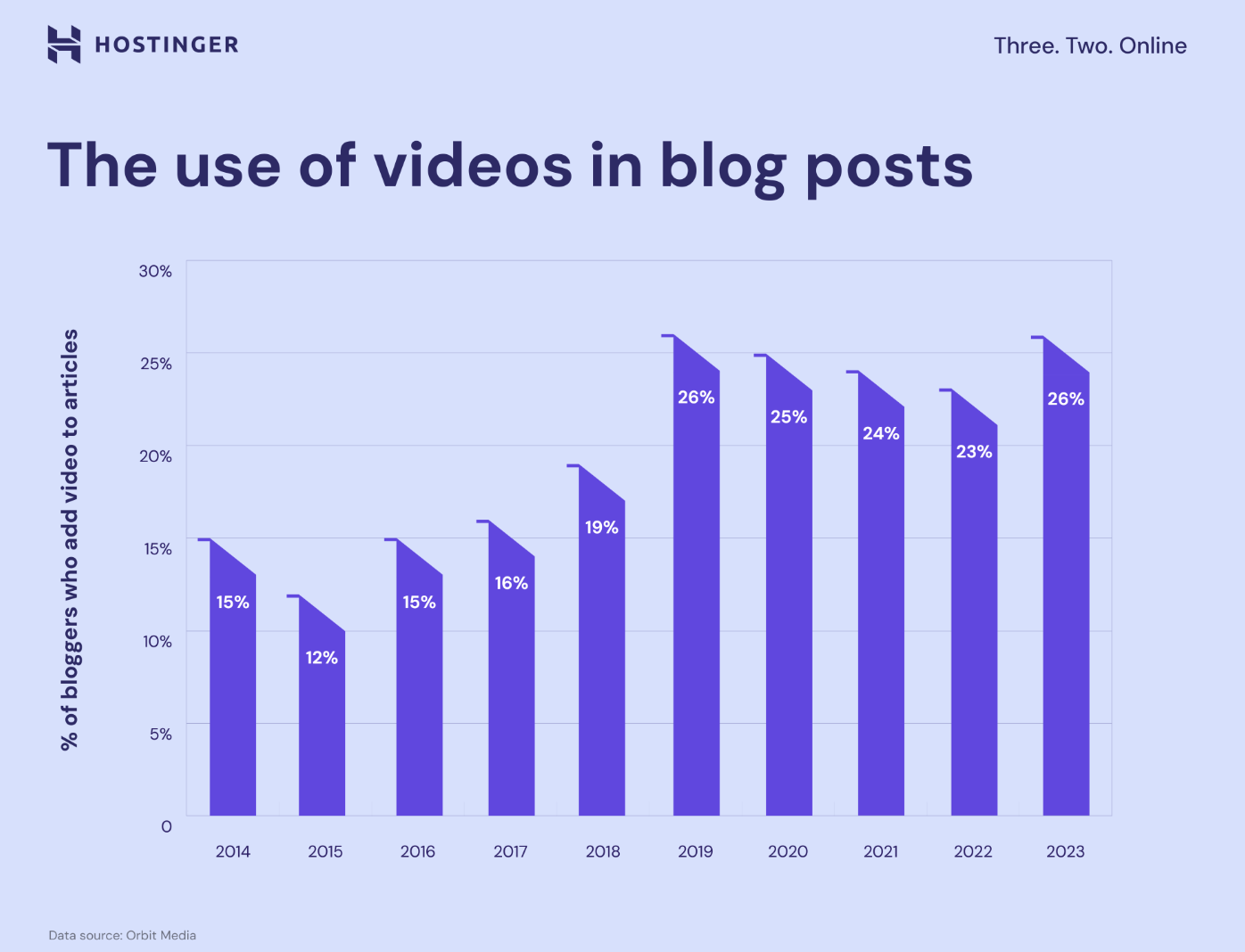Do People Still Read Blogs? If You Think No, Maybe It’s Not the Blogs’ Fault
Is blogging still in style? And if so, why do people read blogs? These are valid questions, considering that there are so many ways for people to get information now.

If you’re thinking of starting a new blog or you’re struggling to make yours successful, then you’ll be happy to read the information we are about to share with you.
Not only are we going to show you how blogs are still in use, but we will also be sharing hard-won tips from years of experience to help you build a successful career out of blogging.
So, let’s get started or what?
Contents
Are Blogs Still Relevant in 2024?

Source: DemandMetric
We know what you are thinking, “Are blogs still a thing?” Sure, it’s 2024, but reading never really goes out of fashion.
Okay, you might be saying, “I’m not convinced — who reads blogs when there are ads, social media, and influencers?” Sure, but, in reality, a lot of people still do, and we have some juicy stats to back that claim:
- 77% of people still read blogs regularly — including you right now 🙂
- 44% of customers say they read anything between 3 to 5 pieces of a site’s content before they even contact a seller. Hint: This is why your blog posts are important for helping the reader make purchase decisions.
- 70% of consumers actually prefer to read blogs rather than view ads. Who would prefer ads anyway?
- Businesses that blog actively record 67% more leads monthly than those that don’t.
- Websites that blog get 434% more indexed pages and 97% more backlinks than those that don’t. So, if you are working on improving your search rankings, you now know what to do.
- Organic search is the biggest source of website traffic (53%), and blogging is a part of that — not to mention the money you save.
Pretty impressive, isn’t it? And these stats are just scratching the surface. Besides, don’t make the mistake of thinking only boomers and old people read blogs.
How many people read blogs, then? Some sources say it’s about 4.44 billion (!) people.
Plus, the audience actually cuts across different demographics (age, gender, etc.) — from industry experts looking to stay in the loop with the latest industry trends to students searching for answers.

Source: Master Blogging
So, the next time you hear someone sarcastically asking, “Do people read blogs anymore?” you know the answer to that.
Advantages and Disadvantages of Reading Blogs
👍 Advantages
So, we clearly see that people still read blogs. But now, you might be wondering, “Why do people blog?” Is it really more effective than social media? Well, there are some solid perks that come with blogging, like:
Expert advice
Where better to get real, actionable advice from people who have gone through the same experience than a blog? Even better when it’s niche blogs.
Want to learn about search intent or how to make the perfect Thanksgiving turkey? There is a helpful blog on pretty much any topic out there. And it doesn’t take much to find a cook spilling their grandma’s secret recipes online.
The only format that can actually compete with blogs is the long-form video. But no Reels or TikToks can share the same level of expertise.
Get inspired and find new ideas
Why do people read blogs? Let’s be real — you can always try to brainstorm ideas with ChatGPT, but they often lack that personal touch and, most importantly, experience.
On the other hand, with blogs (written by people who have faced similar challenges), you get a lot more variety of takes and perspectives on the topic. Plus, the unique blend of real-life solutions and background knowledge makes it much easier to find the answers you seek.
At the same time, blogs provide a more comprehensive and nuanced view, which can inspire you to find new creative ways to address the issue.
Networking and loyalty
Blogs can help give people the opportunity to engage with brands, even through the comment sections. This can be a powerful way to build stronger, loyal relationships. But that’s not all.
Many customers (take a look at those stats again) actually decide whether to use a service or buy a product from a specific brand based on their articles. Besides, your blog can help you become more relevant in particular regions thanks to local SEO.
Businesses can also network with other relevant brands, bloggers, and influencers, either by guest posting (lots of sites will show they are open to this by creating a write-for-us section) or partnerships.
As a result, all this can help increase brand awareness and pull more traffic to your site. Cool, ha?
👎 Disadvantages
But wait, there’s also a downside to blog reading:
Too many ‘clones’ out there
There are billions of blogs out there, and sooner or later, you’ll run into posts that look like a ripoff of the other.
Especially now, with all the AI generation, you can get tons of content created in seconds. And, of course, some people will use it. Yet, there are hundreds of pages that actually try to do their best to provide well-researched and helpful information.
Oh, and let’s not forget that there’s the other side of the same issue where you end up with so much information that it all becomes overwhelming. So, yes, of course, blogging can seem dead because of all this. Still, if you choose your sources wisely, the blogs you find can be real gems.
Outright falsehoods
With AI-generated content becoming more and more popular, it’s now more important than ever to verify every piece of information you see before you run with it. And since there’s so much of it out there, it can be a real-time waster.
But again, the issue here isn’t blogs themselves; it’s about the source and its credibility.
Why Are Blogs Still Popular?
Why are blogs so popular now? This is a very common question you see online. Well, why not? After all, they offer so many benefits for both readers and businesses:
- A more personal touch that many people can relate to — when bloggers or companies share their stories, whether good or bad, it helps create a personal connection that lasts.
- A deeper look at issues/topics — if social media is like an appetizer, then blogs are the main meal that serves full information that satiates your hunger to know more about any topic.
- The chance to build a community around shared interests — the sense of togetherness and trust that this creates can help foster lifetime brand advocacy.
- Increase SEO value and gain more traffic — a well-optimized blog that answers real questions people are asking is unstoppable and will gain more brand authority in no time.
How to Write a Blog That People Will Read
We’ve covered answers to the questions of whether anyone reads blogs anymore and why blogging is still a valid marketing strategy in 2024. Naturally, the next step is to share our best tips for creating blogs that people will want to click on and read.
So here you go — you can’t miss if you:
#1 Match search intent

Source: @semrush on X
93% of all web traffic comes from search engines, but many websites don’t get to see any of that traffic. If you really want to be different, then you have to make it easy for people to find your site. This is where semantic search and search intent come into play.
Search intent really affects how your content gets ranked on search engine result pages. This means that you have to make sure that what you write aligns with what people are searching for.
So, if you have been wondering, “What do people blog about?” and where to find great topics, you will find answers when you:
- Do keyword research using SEO tools;
- Check comment sections of competitors’ blogs to see what questions users are asking;
- Join forums and online community discussions to gather some intel.
Then, create your blogs based on the details you uncover. Answer specific questions that people are asking, and don’t give surface-level answers either. People will just go where they can find better explanations.
Bottom line: Learn your audience first, and everything will flow from there.
#2 Give Practical Tips and Solutions
Have you ever read a blog or even watched a YouTube video expecting to learn how to fix a problem, but, in the end, you get no helpful tips?
Yeah, you probably never went back to that content creator again. The same thing can happen with written blogs, too, so make sure you prevent that by:
- Sharing unique, expert views and opinions about the topic or issue;
- Your tips, solutions, and recommendations should come from authors who actually know what they are talking about;
- Use direct source quotes as much as possible when you need to cite someone;
- Got data? Throw that in to add weight and credibility to your blog;
- Include real, compelling experiences or case studies that support your points.

Source: Ahrefs
#3 Readability Matters
Blogs that are easy to read do better than those that are not, so keep your readability not higher than the 7th-grade level (Hemingway Editor can help you with that).

Source: Hemingway Editor
Nobody wants to crack open a dictionary every other sentence (unless they are Hermione Granger, in which case, have at it).
- Keep your posts snappy and interesting, too. While a long, rambling sentence now and then won’t kill anyone, too many of them can certainly kill the vibe you are going for.
- Use a first-person narrative. It makes the reader feel more connected to the content and the writer’s experience.
- Use punctuation to create pauses and some ‘space’ like you usually do with natural conversions.
- Memes, humor, emojis, and storytelling help keep the reader happy enough to stick to the end.
#4 Show and Tell

Source: Hostinger
Blogs that include relevant images get 94% more views than others. It gets even better when you add a video, which explains why many bloggers use both. So, naturally, you are going to want in on that action. Here are a couple of tips:
- Use high-quality images and videos that help people understand your content better;
- Add memes, emojis, and gifs to capture attention and convey playful emotions (but only when it fits);
- Sometimes infographics speak louder than texts, so use them when appropriate;
- Make your data visual with charts and graphs;
- Maybe add key takeaways or TL;DR summaries;
- Make your CTA memorable. Look at these guys. They could go for something like “Check our accessories.” Yet, instead, they went for a fun “Make us rich.” Too bold? Maybe. Memorable? Definitely!

Source: dbrand
#5 Optimize, Optimize, and Optimize Some More
Want the search engines to fall in love with your content? Then, you have to optimize your blogs. This makes it easy for Google and others to understand what your content and site is about.
This way, they can index your pages without any issues and rank you for the right keywords. Where should you start your optimization?
- Do keyword research for each topic;
- Sprinkle your keywords strategically in the text, including titles, headers, body, alt text, and metadata;
- Have clear headings and use bullet points to keep your text scannable;
- Make sure your image alt texts are descriptive;
- Your website must be responsive and load fast;
- Include relevant internal links to encourage people to check out other content (plus, it helps crawlers);
#6 Backlinks Make the Web Go Round
Backlinks are one of the main ingredients that help you boost your DA/DR and push your website higher in search engine results pages (SERPs). So, do you want your blog to rank higher? Build at least a few quality links.
The good news is there are many ways to get some backlinks like:
- Create quality, unique content that is so cool people will talk about it, share it, and link to it in their own posts;
- Write for other blogs (aka guest posting), preferably relevant sites with lots of traffic, and they will link to your site;
- Got infographics, memes, and other visuals that people will love? Share them and help them go viral;
- Get link providers to help you get paid links and handle everything for you.

Source: Ahrefs
#7 Be Consistent
One of the reasons people keep asking, “Do people still write blogs?” is because they’ve started, got frustrated, and quit halfway through.
80% of blogs fail within 18 months of their launch. That’s a scary number, and the only way to avoid being a part of this statistic is to be consistent. This means:
- Informing your readers when they can expect the next post. For example, a weekly publication.
- Building a reputation for certain high-quality standards and maintaining that.
- Keeping your readers in the loop if you are going to be changing your publishing routine for any reason.

Source: @robertoblake on X
Of course, you want to always start with a clear goal. For example, it could be improving rankings for an SEO blog or increasing engagement rates for a leadership piece.
Keep in mind that page views are not accurate indicators of how well a content piece is doing. Instead, average engagement time, retention rates, and bounce rates are much more informative.
Conclusion
The answer to the question, “Is blogging still a thing?” is a big yes. More than half of the population still scrolls through a blog post now and then.
The only real challenge is actually getting people to find your site and keep them coming back. Yet, if you follow the tips shared in this post, you’ll be well on your way to getting that done.
Comments( 1 )
Leave a Comment
Enter URL & See What We Can Do Submit the form to get a detailed report, based on the comprehensive seo analysis.






Thanks for finally talking about > Do People
Still Read Blogs? If You Think No, Maybe It's Not the Blogs’ Fault homepage